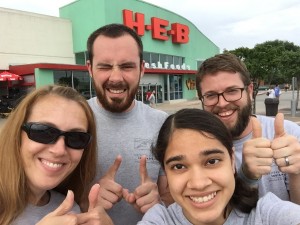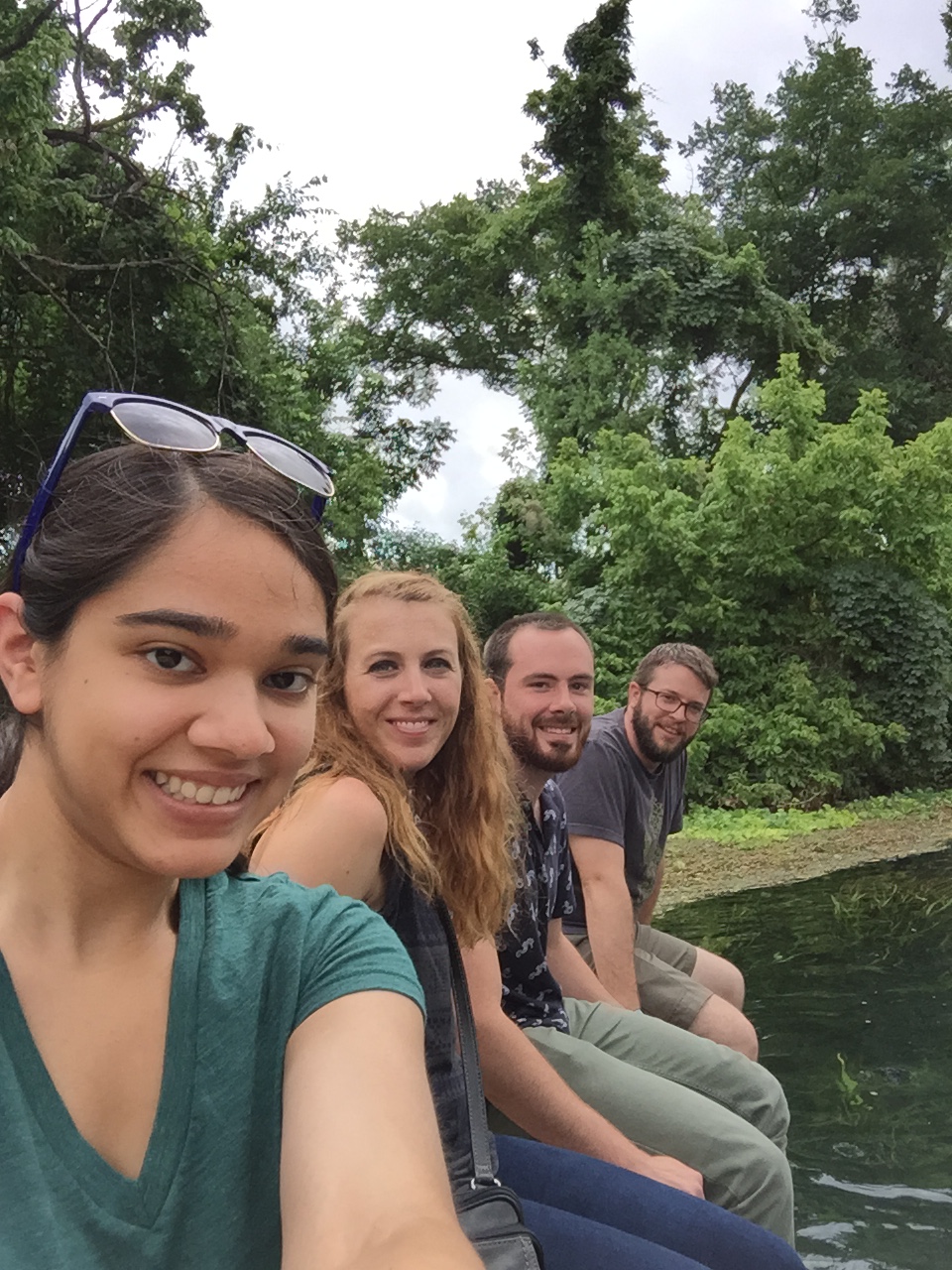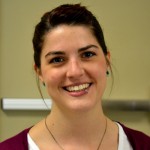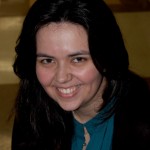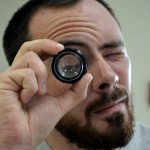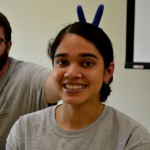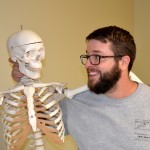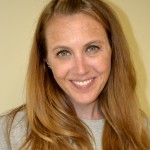This week in Texas is a little different from the usual field work we do with the migrant identifications. Normally we would be waist high in dirt and saturated in sweat. Instead, we have been busy creating biological profiles for the individuals that were excavated by Baylor and UIndy in the two previous field seasons. While it is not physically backbreaking work, creating biological profiles can be just as exhausting. It’s hard to stay mentally focused for hours on end. It is also possibly the most important part of our work because it is essential to the identification process. We need to pay close attention to everything we do to make sure that these individuals are properly identified in order to be returned to their families.
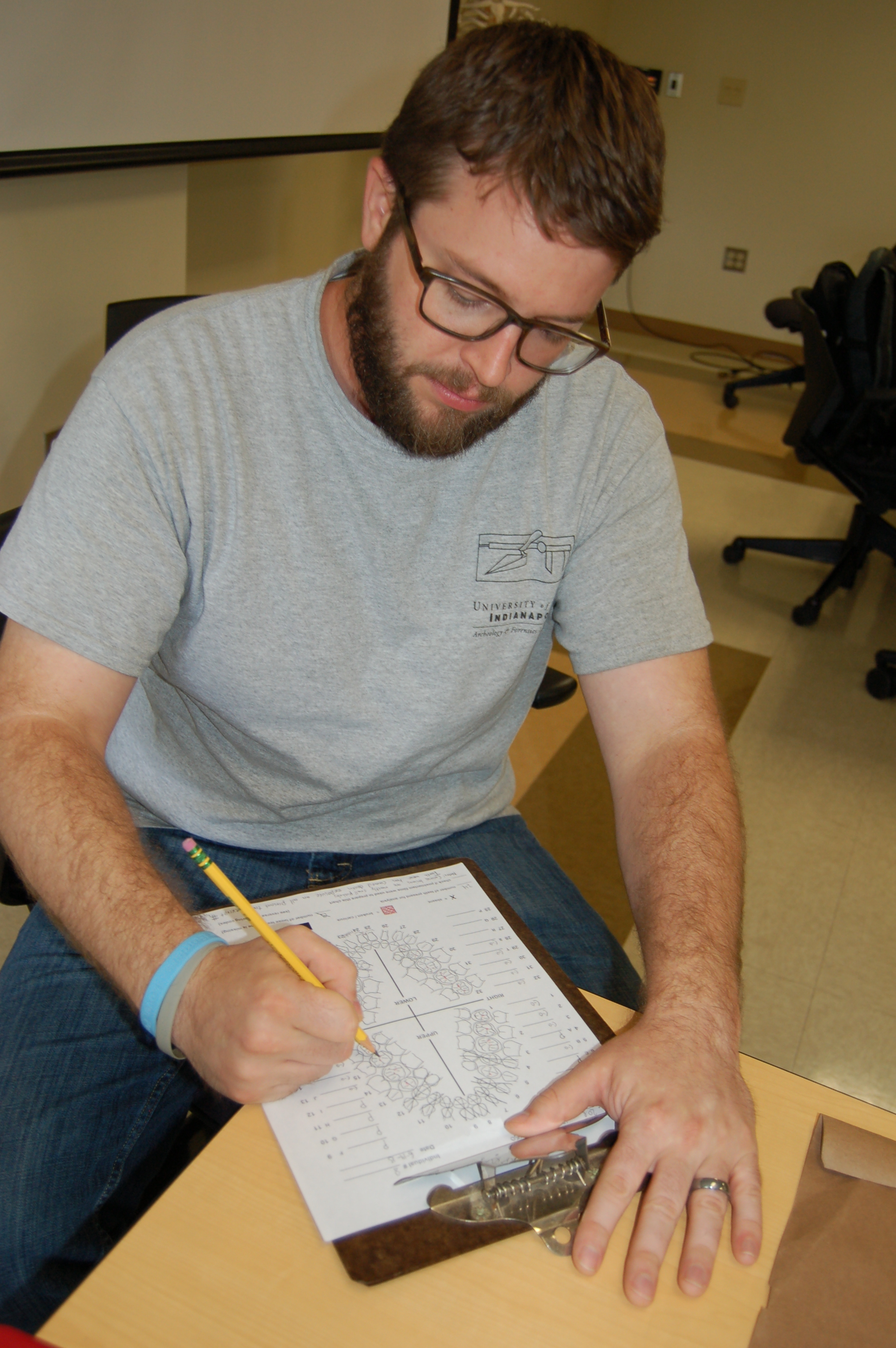 The only problem in terms of blogging about this type of lab work is that it isn’t glamorous. First, much of our lab work contains sensitive information. It is graphic and contains personal information, so not only is it inappropriate to post online but may be illegal to share (at least in Indiana, state laws vary). Secondly, as I said earlier it isn’t glamorous. It is hard to photograph notebooks, calipers, and pencils, then tell people how cool it is to do math and science (for the record, IT IS COOL).
The only problem in terms of blogging about this type of lab work is that it isn’t glamorous. First, much of our lab work contains sensitive information. It is graphic and contains personal information, so not only is it inappropriate to post online but may be illegal to share (at least in Indiana, state laws vary). Secondly, as I said earlier it isn’t glamorous. It is hard to photograph notebooks, calipers, and pencils, then tell people how cool it is to do math and science (for the record, IT IS COOL).
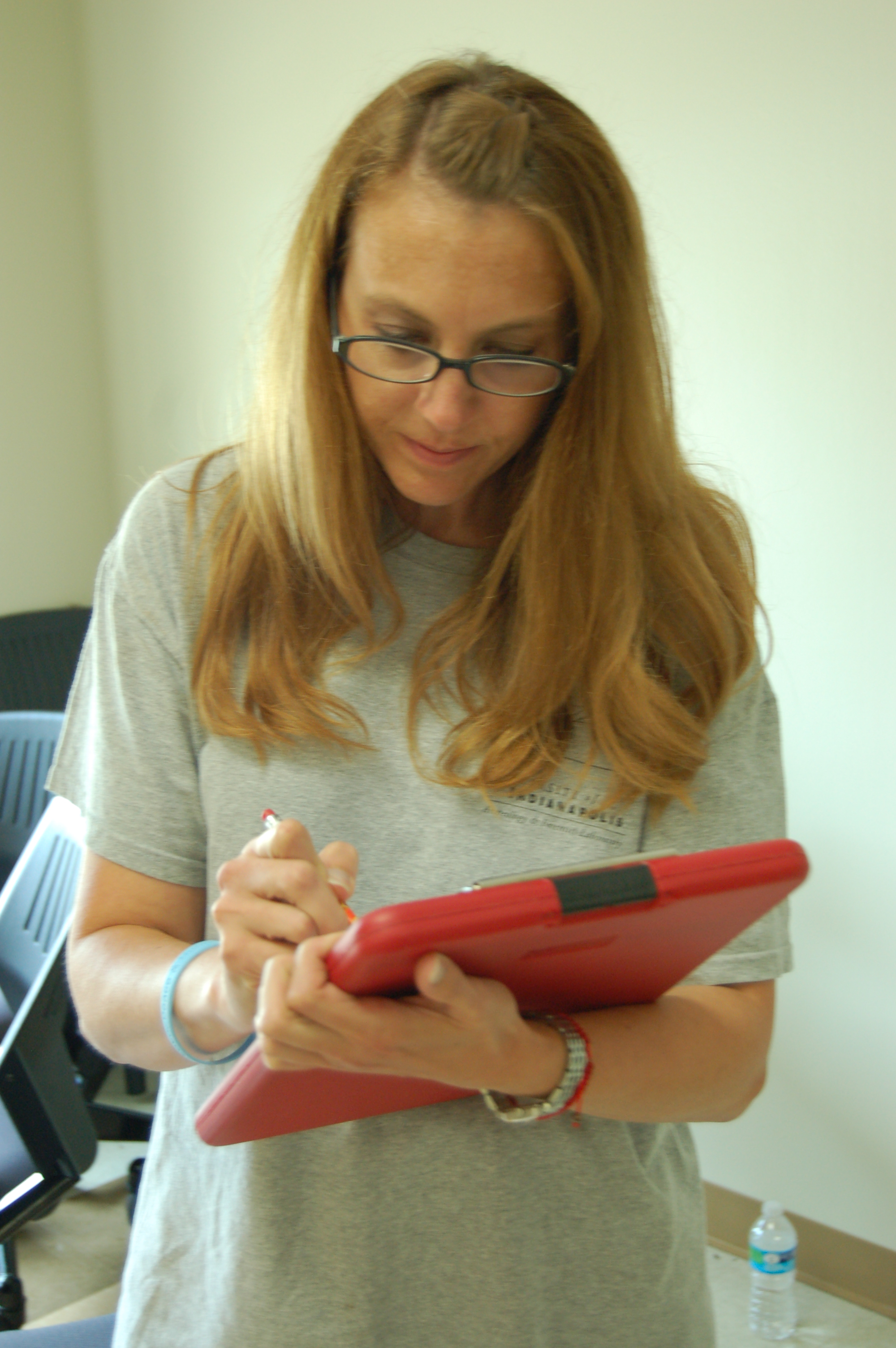 Since I can’t really show you what we’ve been doing the past few days, I thought it might be helpful to explain a little about the process. The biological profile (or bio profile as we say in the biz) contains a list of descriptions that we create from an individual’s skeleton. That list includes their age at death, whether they were male or female, their ancestry, and how tall they were. Imagine this part of the process like a big game of “Guess Who”. From the onset, there are many possibilities of who this person is. Little by little, we narrow down that list of people by answering the questions like: Are they male? Are they European? Are they young? Are they tall? Eventually we are left with a much shorter list of individuals, but we have not yet been able to identify a particular individual. Allow me to give you an example. If I gave you these categories for Ryan’s bio profile, I would say- This is a white male, probably in his 20s and is about 6 feet tall. While it is helpful in narrowing our search, there are still plenty of people on this planet who fit this description. We need to be much more specific in order to identify anyone.
Since I can’t really show you what we’ve been doing the past few days, I thought it might be helpful to explain a little about the process. The biological profile (or bio profile as we say in the biz) contains a list of descriptions that we create from an individual’s skeleton. That list includes their age at death, whether they were male or female, their ancestry, and how tall they were. Imagine this part of the process like a big game of “Guess Who”. From the onset, there are many possibilities of who this person is. Little by little, we narrow down that list of people by answering the questions like: Are they male? Are they European? Are they young? Are they tall? Eventually we are left with a much shorter list of individuals, but we have not yet been able to identify a particular individual. Allow me to give you an example. If I gave you these categories for Ryan’s bio profile, I would say- This is a white male, probably in his 20s and is about 6 feet tall. While it is helpful in narrowing our search, there are still plenty of people on this planet who fit this description. We need to be much more specific in order to identify anyone.
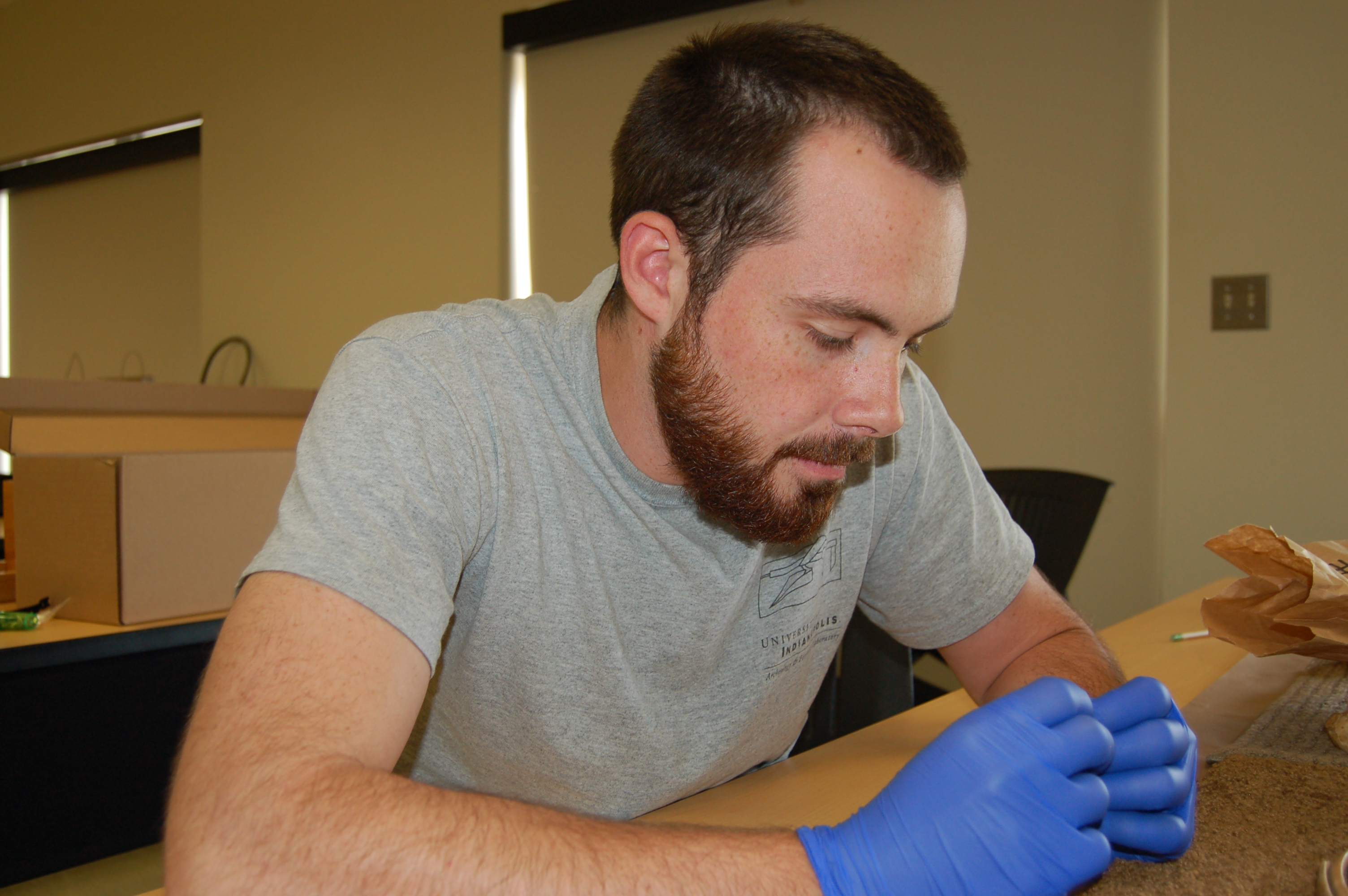 The next step is to look for anything unique that might help us to identify the person. One method is to create charts and take photographs of teeth and dental work. Everybody’s teeth are unique, especially if they have had teeth pulled, cavities filled, or personalized dentures made. Another method we use is to look for broken bones or skeletal diseases that have healed. Broken bones aren’t necessarily individualizing by themselves, but they help tell the story. If I use Ryan as my example again (sorry, buddy), I could be much more confident in positively identifying him if I know that he had broken his forearm as a kid, and I could match the information ascertained from the skeleton with his medical records. Finally, one of the most powerful tools in our arsenal is the use of DNA analysis. If we can match an individual to a family reference sample, then we can be incredibly confident in our identification.
The next step is to look for anything unique that might help us to identify the person. One method is to create charts and take photographs of teeth and dental work. Everybody’s teeth are unique, especially if they have had teeth pulled, cavities filled, or personalized dentures made. Another method we use is to look for broken bones or skeletal diseases that have healed. Broken bones aren’t necessarily individualizing by themselves, but they help tell the story. If I use Ryan as my example again (sorry, buddy), I could be much more confident in positively identifying him if I know that he had broken his forearm as a kid, and I could match the information ascertained from the skeleton with his medical records. Finally, one of the most powerful tools in our arsenal is the use of DNA analysis. If we can match an individual to a family reference sample, then we can be incredibly confident in our identification.
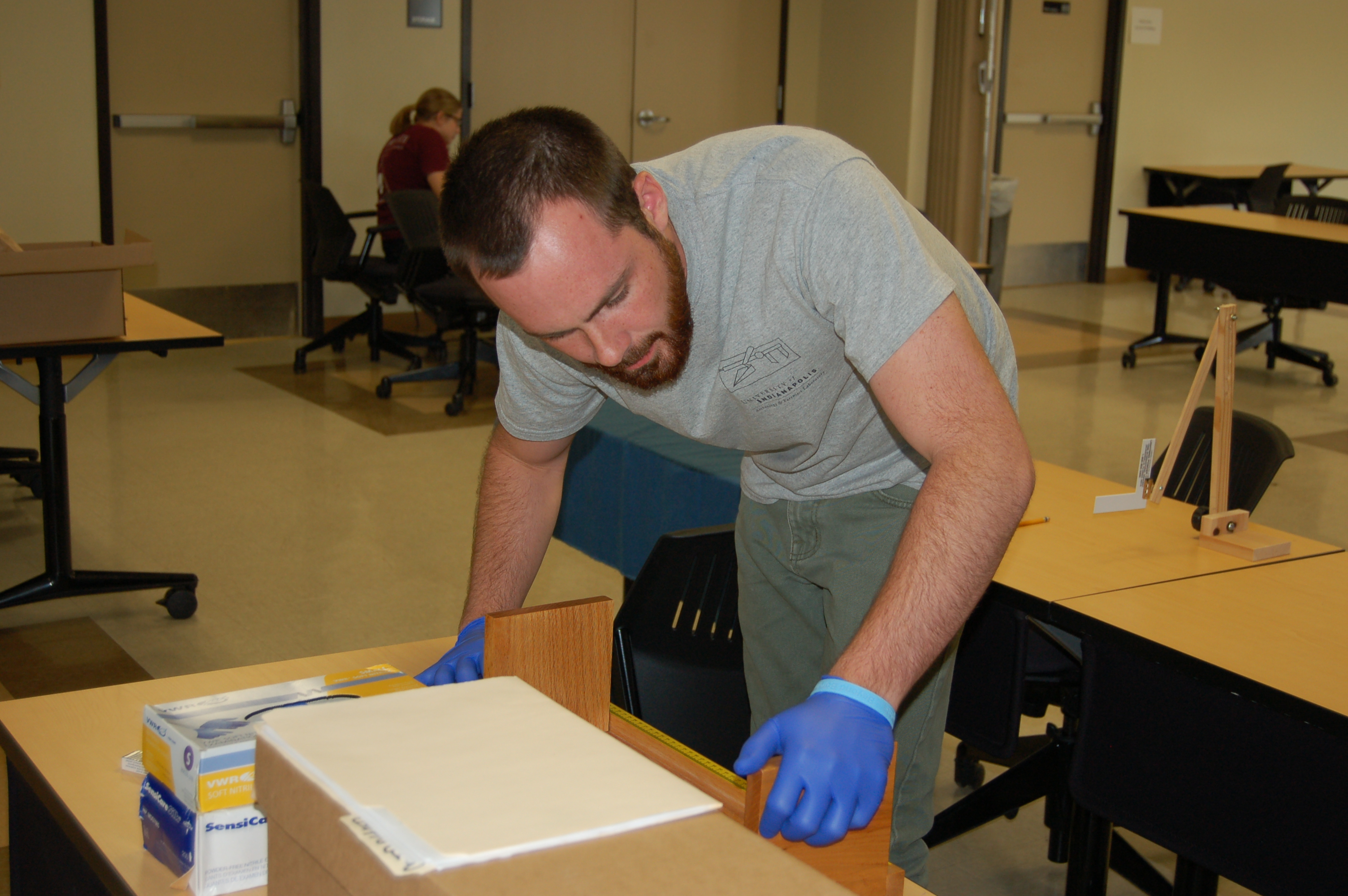 In the end, our hope is that all of these individuals are identified and returned to their families. The creation of a biological profile is an essential part of the identification process. I applaud the hard-working students and professors at Texas State and the University of Indianapolis for their tireless efforts this week. It is because of their labors that any identifications will be possible.
In the end, our hope is that all of these individuals are identified and returned to their families. The creation of a biological profile is an essential part of the identification process. I applaud the hard-working students and professors at Texas State and the University of Indianapolis for their tireless efforts this week. It is because of their labors that any identifications will be possible.


